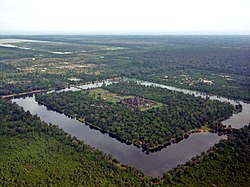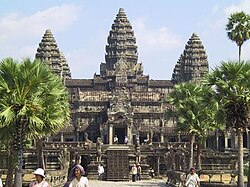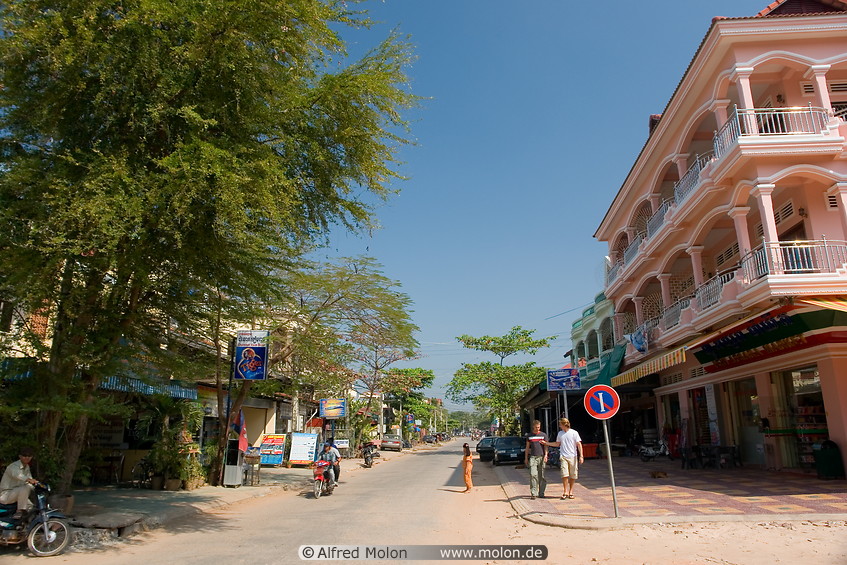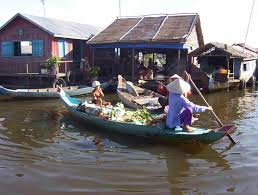Angkor Wat - Wikipedia, the free encyclopedia
Angkor Wat (or Angkor Vat) (Khmer: អង្គរវត្ត), is a temple complex at Angkor, Cambodia, built for the king Suryavarman II in the early 12th century as his state temple and capital city. As the best-preserved temple at the site, it is the only one to have remained a significant religious centre since its foundation—first Hindu, dedicated to Vishnu, then Buddhist. The temple is the epitome of the high classical style of Khmer architecture. It has become a symbol of Cambodia, appearing on its national flag, and it is the country's prime attraction for visitors.
Angkor Wat - Wikipedia, the free encyclopedia
Stretching over some 400 sq. km, including forested area, Angkor contains the magnificent remains of several capitals of the Khmer Empire, from the 9th to the 15th century CE. These include the famous Temple of Angkor Wat and, at Angkor Thom, the Bayon Temple with its countless sculptural decorations.
Angkor was declared a UNESCO World Heritage site in 1992 - the same year it was also placed on the List of World Heritage in Danger. UNESCO has now set up a wide-ranging programme to safeguard this symbolic site and its surroundings.
Angkor Archaeological Park travel guide - Wikitravel
Siem Reap (from Lonely Planet)
Back in the 1960s, Siem Reap (see-em ree-ep) was the place to be in Southeast Asia and saw a steady stream of the rich and famous. After three decades of slumber, it’s well and truly back and one of the most popular destinations on the planet right now. The life-support system for the temples of Angkor, Cambodia’s eighth wonder of the world, Siem Reap was always destined for great things, but few people saw them coming this thick and this fast. It has reinvented itself as the epicentre of the new Cambodia, with more guesthouses and hotels than temples, world-class wining and dining and sumptuous spas.
At its heart, Siem Reap is still a little charmer, with old French shop-houses, shady tree-lined boulevards and a slow-flowing river. But it is expanding at breakneck speed with new houses and apartments, hotels and resorts sprouting like mushrooms in the surrounding countryside. The tourist tide has arrived and locals are riding the wave. Not only is this great news for the long-suffering Khmers, but it has transformed the town into a pulsating place for visitors. Forget the naysayers who mutter into their beers about Siem Reap in the ‘old days’, now is the time to be here, although you may curse your luck when stuck behind a jam of tour buses on the way back from the temples.
Google Image Result for http://www.molon.de/galleries/Cambodia/SiemReap/images01/10%20Downtown%20Siem%20Reap.jpg
Siem Reap - Google Image Search





No comments:
Post a Comment